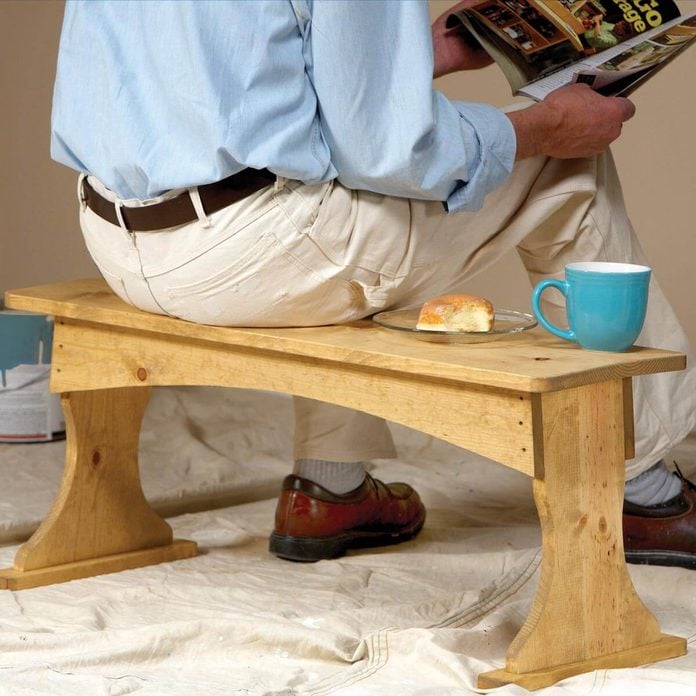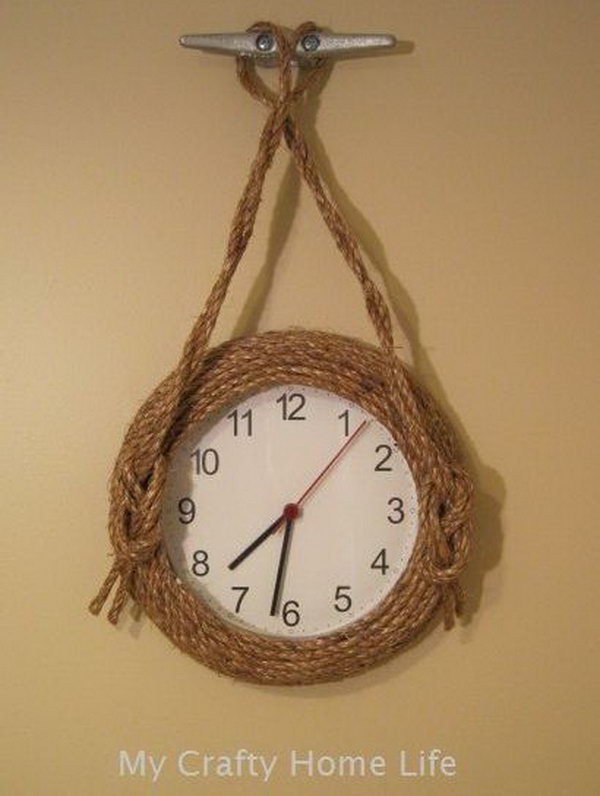
Quick and Easy Beginner Woodworking Ideas to Try at Home
Hey there, fellow woodworkers! Ever dreamed of crafting your own beautiful furniture or home décor? Maybe you just want to create something unique and feel a sense of accomplishment. Well, guess what? You don't need years of experience or a fancy workshop to get started! We're going to dive into some awesome, quick, and easy beginner woodworking projects that you can tackle right at home. So, grab your safety glasses, dust off those tools, and let's get crafting!Simple and Satisfying Projects
The best way to start is with projects that are simple, manageable, and let you learn the basics without feeling overwhelmed. Here are a few ideas that are perfect for beginners:
1. Coasters
Coasters are an excellent starting point because they're small, relatively quick to make, and you can experiment with different shapes, sizes, and finishes. Plus, they're super practical for protecting your furniture! You can use scraps of wood, plywood, or even old tiles to create coasters.
Here's what you'll need:
- Wood (scraps or pre-cut pieces)
- Saw (hand saw or jigsaw)
- Sandpaper (various grits)
- Wood glue
- Finishing oil or sealant
Instructions:
- Cut your wood into desired shapes and sizes.
- Sand the edges and surfaces smooth.
- Apply wood glue to the bottom of each coaster to create a protective layer (optional).
- Finish with oil or sealant for a durable and water-resistant surface.
2. Cutting Boards
A cutting board is another classic beginner project, and you can make it as simple or intricate as you like. You can choose from hardwoods like maple or cherry, or experiment with softwoods like pine. Just remember to select wood that's food-safe and free of any harsh chemicals.
Here's what you'll need:
- Wood (hardwood or softwood)
- Saw (table saw or jigsaw)
- Sandpaper (various grits)
- Wood glue
- Mineral oil or butcher block conditioner
Instructions:
- Cut your wood to the desired size and shape.
- Sand the edges and surface smooth.
- Round the corners for safety.
- Apply mineral oil or butcher block conditioner to protect the wood and make it water-resistant.
3. Picture Frames
Who doesn't love a good picture frame? You can create custom frames for your favorite photographs or artwork using wood, plywood, or even reclaimed materials. Get creative with the design! You can add decorative elements like moldings, paint, or even decoupage.
Here's what you'll need:
- Wood or plywood (scraps or pre-cut pieces)
- Saw (hand saw or jigsaw)
- Sandpaper (various grits)
- Miter saw or miter box (for clean angles)
- Wood glue
- Finishing nails or brads
- Paint or stain (optional)
Instructions:
- Cut your wood pieces to size, ensuring accurate angles for the frame.
- Sand the edges and surfaces smooth.
- Join the frame pieces using wood glue and finishing nails or brads.
- Finish with paint, stain, or sealant as desired.
4. Simple Shelves
Want to add some extra storage space? Shelves are a great beginner project, and you can make them in different styles and sizes to suit your needs. Think about building floating shelves, corner shelves, or even bookshelf units. Start with basic rectangular shelves and work your way up to more complex designs as you gain confidence.
Here's what you'll need:
- Wood (lumber or plywood)
- Saw (circular saw or jigsaw)
- Sandpaper (various grits)
- Wood glue
- Screws or nails
- Brackets or supports (if needed)
Instructions:
- Cut your wood to the desired size for the shelves and supports.
- Sand all surfaces smooth.
- Attach the shelves to the supports using wood glue and screws or nails.
- Install the shelves to the wall using brackets or supports as needed.
Essential Beginner Woodworking Tools
Now that you've got some project ideas, let's talk about the tools you'll need to get started. Don't worry, you don't have to invest in a whole workshop right away. You can build a solid tool collection gradually.
- Measuring Tape: Accurate measurements are crucial for woodworking. Get a tape measure with a clear markings and a sturdy hook.
- Pencil: You'll be marking your wood a lot, so choose a pencil that's easy to grip and leaves a clear line.
- Saw: For beginner projects, a hand saw or jigsaw is sufficient. A jigsaw allows for more intricate cuts.
- Sandpaper: Essential for smoothing and finishing your wood projects. Start with a coarser grit for initial sanding and then move to finer grits for a smooth finish.
- Wood Glue: A must-have for bonding wood pieces together. Choose a wood glue that dries clear and is strong.
- Clamps: To hold pieces together while the glue dries. You can start with a few bar clamps and add more as needed.
- Hammer: For driving nails and securing your projects.
- Screwdriver: Choose a set with different sizes and types of screwdrivers to handle various screws.
- Safety Glasses: Crucial for protecting your eyes from flying debris.
Safety First
Before you start crafting, it's essential to prioritize safety. Woodworking can be enjoyable, but it's important to be aware of potential hazards. Here are some safety tips:
- Wear Safety Glasses: Always wear safety glasses to protect your eyes from flying debris.
- Use Sharp Tools: Sharp tools are less likely to slip and cause injuries. Keep your blades sharp and in good condition.
- Secure Your Workpiece: Make sure your workpiece is securely clamped before cutting or sanding to prevent it from moving.
- Keep Work Area Clean: A cluttered workspace is a hazard. Clear away any debris and clutter before and after each project.
- Don't Work When Tired: Fatigue can lead to mistakes and accidents. Don't work with tools if you're tired or feeling drowsy.
- Follow Tool Instructions: Always read and understand the instructions for your tools before using them.
- Be Aware of Surroundings: Pay attention to your surroundings to avoid tripping hazards or accidental bumps.
- Use Protective Gear: Consider using gloves, ear protection, and a dust mask when necessary.
Tips for Success
Here are some helpful tips to make your beginner woodworking journey more enjoyable and successful:
- Start Small: Choose projects that are manageable in size and complexity. You can always tackle larger or more challenging projects as you gain experience.
- Practice Makes Perfect: Don't be afraid to practice your cutting, sanding, and finishing techniques. The more you practice, the better you'll get.
- Take Your Time: Rushing through a project can lead to mistakes. Take your time and focus on doing each step carefully and accurately.
- Ask for Help: If you encounter a problem or need guidance, don't hesitate to ask for help from a more experienced woodworker. There are also plenty of online resources and woodworking communities where you can find support.
- Be Patient: Woodworking is a skill that takes time and practice to develop. Don't get discouraged if your first projects aren't perfect. Just keep practicing and learning, and you'll be amazed at how much progress you make.
Commonly Asked Questions
Here are some frequently asked questions about beginner woodworking:
1. What kind of wood should I use for my first projects?
For your first projects, you can use softwoods like pine or fir. They are easier to work with and more forgiving of beginner mistakes. As you gain experience, you can experiment with hardwoods like maple, oak, or cherry.
2. Do I need a fancy workshop to start woodworking?
Not at all! You can start woodworking in a garage, basement, or even a small corner of your house. All you need is a safe workspace and basic tools.
3. What are the best resources for learning woodworking?
There are tons of online resources available, including woodworking blogs, YouTube channels, and websites with step-by-step tutorials. You can also check out books from your local library.
So, there you have it! A whole world of woodworking awaits, and you've got everything you need to get started. Embrace the process, enjoy the learning curve, and most importantly, have fun! Happy crafting!

